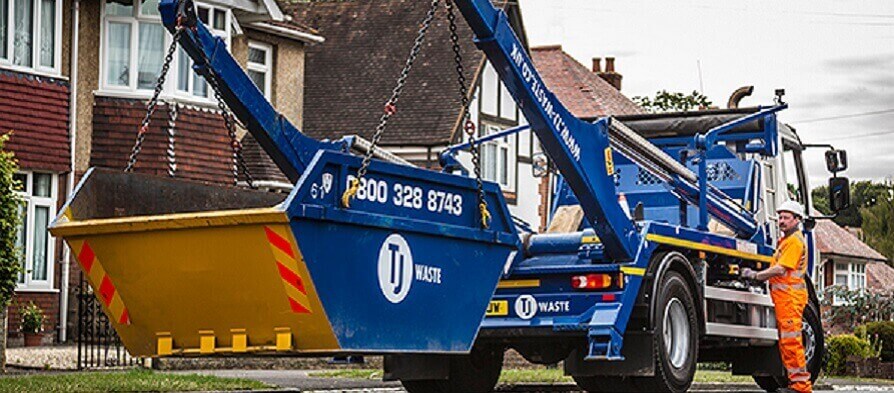Dynamic Waste Collection

Dynamic waste collection
September 13, 2018 by Waste Management Review
Dynamic waste collection responds to the ever-changing amount of refuse by harnessing Internet of Things sensors to provide waste businesses with efficiencies.
The UK produced 202.8 million tonnes of total waste in 2014, according to government statistics.
This represents an increase of 4.6 per cent since 2012. In 2014, the US generated 258 million tonnes of municipal solid waste alone. According to The World Bank, cities around the world produced 1.3 billion tonnes of solid waste in 2012, giving each person a footprint of 1.2 kilograms per day. That 1.3 billion tonnes is expected to rise 2.2 billion by 2025.
Population and, thus, consumption, are growing across the globe. Between 2011 and 2015, Greater London’s population increased by 5.7 per cent, Bristol 4.5 per cent and the West Midlands by 3.4 per cent. These are just a few examples cited by the Office of National Statistics. New York City expanded by 5.5 per cent between 2010 and 2015.
As urban areas around the world look for sustainable growth, responding dynamically to waste collection can protect the population, ecosystem and boost revenue for waste management companies, while lowering costs for local authorities.
DATA INFORMS
Consider the costs involved in emptying containers: transportation, equipment and vehicle maintenance and labour. Emptying these containers, at least in much of the world, involves static planning: where particular containers are scheduled to be emptied on a certain day.
Dynamic waste collection turns that model upside down. With the Internet of Things (IoT), an intelligent network of receptacles is created by equipping bins with smart chips or sensors. For example, the data collected reveals fill rates or the time of the last collection. This aims to result in a more efficient process for waste collections, which can be planned in real time based on the data. Another added benefit is that waste collections can be based on fill levels, which may give a better indication of performance. Dynamic waste collection responds to the amount of refuse that can change week to week, or even day to day.
The information collected offers organisations a better understanding of how rubbish in any location is produced and how it can be managed. As a result, resources can be targeted more efficiently. For instance, they’ll know which areas are at risk of street litter and can be proactive in addressing the situation.
Gerard Kissane, Head of ANZ Region at AMCS Group, says many companies in Europe have already adopted on-demand collection and it’s making a difference.
“Introducing dynamic waste collection generates new data that can be analysed to better identify habits in different areas of cities and reduce their waste collection frequency,” Gerard says.
EFFICIENCIES EQUAL COST SAVINGS
With increased efficiencies across waste collections, cost savings will naturally follow. By analysing the data, collection routes can be optimised and prioritised. Waste collectors could go one step further by gathering information about weather, traffic and special events to redesign routes for maximum efficiency.
Gerard says that for waste management companies contracted to collect rubbish, this can present fantastic opportunities in terms of savings on running costs.
He says the cost savings could be substantial, while also reducing carbon dioxide emissions.
“A large part of the expenses involved are eliminated, so that they’re spending less by putting fewer trucks on the road, less on fuel by optimising routes and travelling fewer kilometres, and less on labour,” Gerard says.
He says dynamic waste collection also presents a boost to contractors whose fee includes an extra charge when the weight is over a certain level. Gerard notes the bin will tell them when it’s time to be emptied.
“This knowledge, coupled with more efficient routes, offers two benefits: the chance to optimise the amount of chargeable revenue, while lowering the cost of collection.”
THE NETHERLANDS EXAMPLE
In the Netherlands, one AMCS client focuses on reverse collecting – the collection of recyclables rather than waste. The company reported savings on vehicle movement through dynamic waste collection. By only collecting filled bins and using optimised routes, they were able to increase their volumes collected per hour by 20 to 25 per cent. The success also saw an increase in filling degree, which measures efficiencies in packing, rising from an average of 45 to 55 per cent up to 75 to 85 per cent. They also saw a reduction in their total mileage over a week of 35 per cent. Following these efficiencies, one truck was removed from service and a planned purchase of two new trucks was cancelled.
“The technology needed to drive dynamic waste collection, such as route optimisation, can completely transform businesses stuck in static processes. The other alternative? Keep to business as usual,” Gerard says.
This article was published in the August issue of Waste Management Review and re-posted by Solo Resource Recovery.
Related Posts

Published: October 1, 2024
Is Your Waste Management Performance Up to Scratch? Discover the Solo Difference
Read more
Published: August 15, 2024
Solo Invests in the Future: Company Expands Fleet with Hydrogen Vehicles
Read more
Published: December 15, 2023